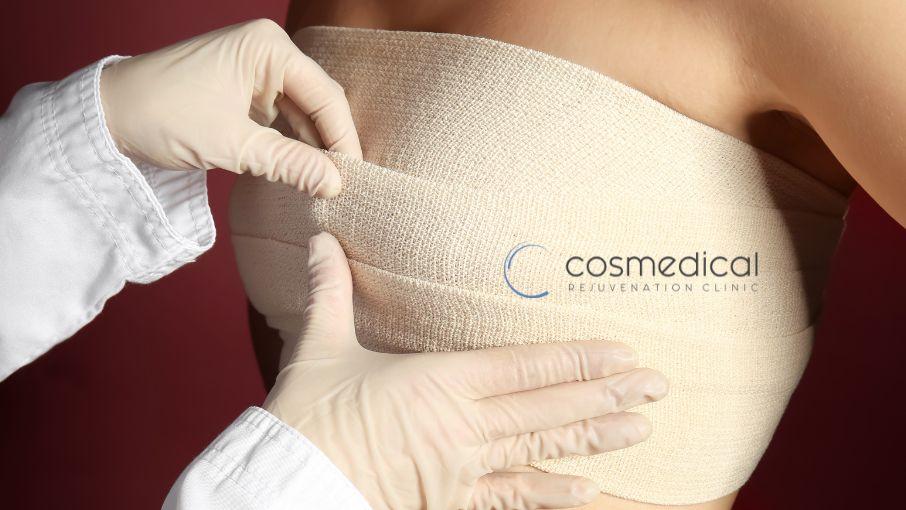
What to Expect: After Breast Implant Removal Side Effects
Breast implant removal, also known as explant surgery, is a procedure that is typically requested by a breast augmentation patient due to health concerns, a change in aesthetic preferences, or implant complications. Many women decide to have their breast implants removed at some point in their lives. As with any surgical procedure, you should be informed about the potential side effects to anticipate what lies ahead post-surgery.
Physical Changes
One of the most immediate side effects is the change in the size and shape of the breasts. After the removal, the breasts may appear smaller, deflated, or asymmetrical. These changes can be temporary as the body adjusts, but they can also be permanent, depending on various factors such as the size of the implants removed and the length of time they were in place.
For some women, this change can be a significant adjustment. It might take time to reacclimate to your body's new appearance, but remember that beauty comes in all shapes and sizes.
Swelling, Bruising, and Discomfort
Much like any surgical procedure, you can expect some level of discomfort, swelling, and bruising after the surgery. This is your body's natural response to trauma. Initially, the swelling can make it challenging to determine what your breast size will be. As your body heals, the swelling gradually reduces, revealing the final result.
Over-the-counter pain medication or prescriptions provided by your surgeon can help manage this discomfort. Cool packs can also help reduce swelling and provide relief.
Scarring
One of the most concerning side effects of any surgery is scarring. This is a natural part of the healing process and can vary significantly from person to person. The visibility and extent of the scars depends on many factors, such as the surgical technique used, your body's healing process, and the aftercare followed.
Talk to your surgeon about scar management techniques such as silicone sheets or gels. Keeping the incision clean and protected from sun exposure can also help ensure minimal scarring.
Emotional Impact
The emotional impact of breast implant removal is often overlooked but is equally significant. Feelings of regret, relief, or dissatisfaction may arise during the healing process. It's not uncommon to experience a range of emotions as you adjust to your body's changes.
Remember that you're not alone. Loved ones, support groups and resources are available to help you navigate these emotions.
Infection and Complications
While rare, there's a risk of infection or complications such as seroma (a pocket of clear fluid that sometimes develops in the body after surgery). Symptoms of an infection can include fever, redness, increasing pain, and discharge from the incision site.
It's crucial to follow all post-op instructions from your surgeon, including keeping the incision area clean and taking prescribed antibiotics. Any unusual symptoms should be reported to your surgeon immediately.
Recovery Time
The recovery time for breast implant removal can vary widely depending on the patient and complexity of the surgery. The recovery time for you will be provided by your surgeon. They'll let you know when you can expect to return to normal activities. This may be anywhere from a week or longer. Strenuous exercises should be avoided until cleared by your surgeon.
The key to a successful recovery is following your surgeon's post-operative care instructions and patience. It can take several weeks to months for the body to fully heal and for the final results to be visible. Listen to your body, and don't rush the healing process.
Remember, everyone's experience with breast implant removal will be unique. Keep an open line of communication with your surgeon, ask questions, and take it one day at a time.